US Markets Loading... H M S In the news
Chevron iconIt indicates an expandable section or menu, or sometimes previous / next navigation options. HOMEPAGEFinance
Save Article IconA bookmarkShare iconAn curved arrow pointing right.Download the app
WikipediaFlat tires are no fun. And with advancements in tire technology, they happen less frequently than they once did. In fact, some tires don't even need to be changed if they blow out — they can "run flat" for a short period of time.
Still, flats and blowouts do occur, and most motorists dread the next step: changing the tire. A lot of people will actually sit in their car with the flat unattended, call a roadside-assistance service, and wait for a pro to do the dirty work.
That's fine, but there are several things you can do to make changing a tire much easier and less intimidating. Obviously, you need to be acquainted with the process of jacking up the car, loosening the lug nuts, and removing the tire and wheel. But if you know how to do that and are still reluctant to make the change, here are some tips.
On most cars, the jack has to be assembled before it can be used to raise the car enough to remove the flat tire and replace it with the "donut," or temporary spare — a small tire that is designed to get you to a service station for a proper tire repair or replacement.
You don't want to wait until you have a flat to figure out the jack. It only takes about five minutes to put one together, so spend some prep time on it one afternoon. You'll be glad you did if you have a blowout on a dark, rainy night.
The donut needs to be checked every so often. You don't want it to also be flat — kind of defeats the purpose of having a backup.
The best way to do this is to make it a routine when you check your tire pressure. On modern cars, you'll know you have tire pressure issues because the car will alert you via a warning light. So when you investigate that problem, take a few extra minutes to check out your temporary spare.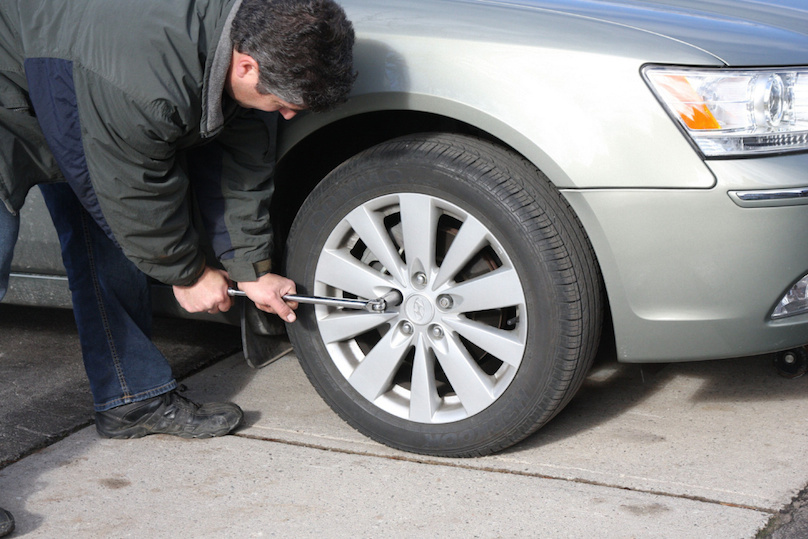
You don't even have to do it yourself — you can have it done at almost any gas station and even some car washes.
The same applies if you have a full-size spare tire.
Speaking of checking your tire pressure, if you do it once a month or so, you'll always know if your tires are in decent shape and not under- or overinflated.
It's also a good practice to monitor wear and tear on your tires. Have a look at the condition of the tread. If it looks bad or uneven, you might need to replace one or more tires. But you also might need to rotate or realign your tires to even out the wear.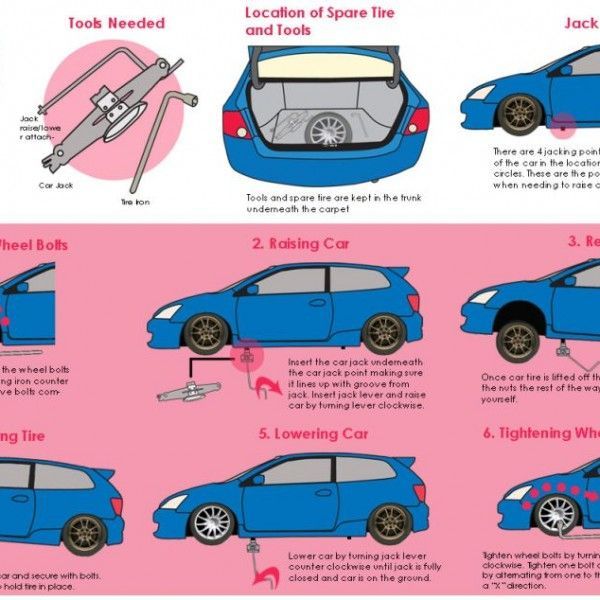
And be aware of how old your tires are. No tire lasts forever, and once it's at the end of its life it's far more likely to fail.
America is infamous for its crumbling infrastructure. A gaping pothole is just around every corner, lying in wait to kill your tire.
Driving too casually over a road without assessing what kind of shape it's in is asking for trouble.
Tweak your driving to be less aggressive on bad roads — and by all means, avoid large bumps, potholes, and so on when navigating a thoroughfare.
You can do everything right and still blow a tire.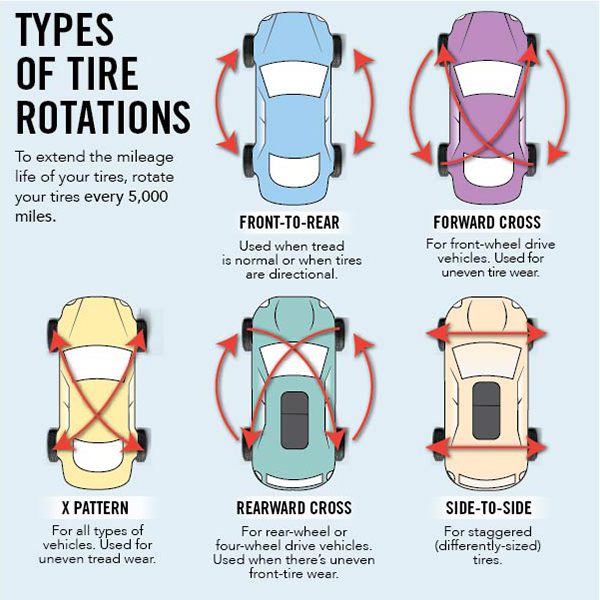 I did — in a hilly LA neighborhood, in the dark — when I backed my car into a pointy chunk of fractured concrete. Boom! Dead tire.
I did — in a hilly LA neighborhood, in the dark — when I backed my car into a pointy chunk of fractured concrete. Boom! Dead tire.
Luckily, I had everything I needed in the car to make changing the tire easier.
I had a flashlight, one whose batteries I often checked. And I had extra batteries, just in case.
I also have a good pair of work gloves to protect my hands.
I also had a rain jacket — although it wasn't raining, so I didn't need to use it.
And it doesn't hurt to have an old jacket or shirt to prevent yourself from getting grimy. A rag or two is an equally good idea.
This last piece is important: You should have in your car what you would need to change a tire in the worst possible condition for where you live. That means a warm coat, hat, and gloves if your neck of the woods is subject to winter weather.
It's also helpful to have warning flares on hand, should the flat or blowout occur on a highway.
A lot of times, the flat is caused by something on the tire that can be fixed.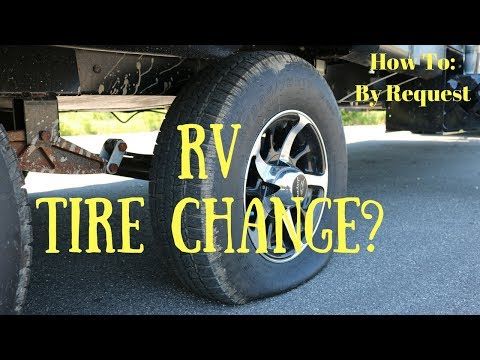
So I got in the habit about 10 years ago of buying the usually rather inexpensive guarantee whenever I got new tires for my cars.
For one of my cars, three flat tires were repaired by the retailer I bought them from at no charge. It's a good investment!
There are times when it's kind of hazardous to change a tire on your own — for example, in the middle of the night on a rainy, busy highway.
It's time like these that you should sit tight in you car, once you get it to a relatively safe spot on the shoulder, and call in the cavalry.
If you have a roadside-assistance plan through your insurer or a motor club like AAA, you should have a toll-free number to call that will dispatch a tow truck to your location.
Once there, the driver can assess whether a change is in order, or whether you should be towed to a service station or other location.
A lot of new cars don't have a spare, not even a temporary one. Rather, they have a sort of advanced patch kit, consisting of sealant and an inflator.
The idea is that you don't need to change your tire if help is just a smartphone call away.
Additionally, automakers are going to be subject to higher fuel-economy standards in the next few years, so ditching the spare tire also means reducing weight, which raises mpg.
It's a good idea to know whether your car even has a spare. Don't make an assumption! Check!
Don't make an assumption! Check!
Changing a tire is actually rather physically demanding. You have to put some muscle in getting the lug nuts off and cranking the jack, and then you have to bend down and lift the tire.
Often, folks will try to do all of this is a hurry to get on their way, but that's a mistake. You could injure yourself, so play it cool and take your time.
If your mechanic is performing maintenance or fixing a problem with your car, they're apt to notice problems with tires that you might not be able to spot on your own unless you have a hydraulic lift in your garage.
So should your mechanic inform you that a tire is in need of replacement, take the pro's advice.
Read next
LoadingSomething is loading.Thanks for signing up!
Access your favorite topics in a personalized feed while you're on the go.
Features Safety CarsMore...
Knowing how to change a tire is a necessary skill for all drivers.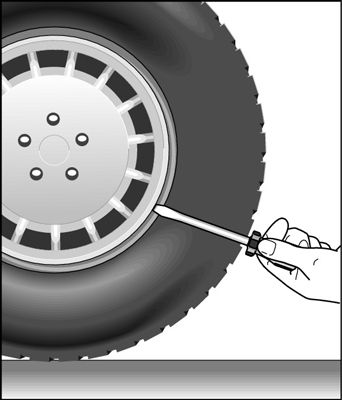 If you rely on a cell phone to save you in a roadside emergency, there’s always that chance you will forget to charge it, be out of range, or leave it at home. Flat tires can happen anywhere, and a cell phone is no substitute for knowing how to change a flat tire.
If you rely on a cell phone to save you in a roadside emergency, there’s always that chance you will forget to charge it, be out of range, or leave it at home. Flat tires can happen anywhere, and a cell phone is no substitute for knowing how to change a flat tire.
Thankfully, changing a tire isn’t all that hard! Just adhere to the following guidelines to be prepared in case you have a flat.
These items should have come with your vehicle:
Jack
Lug wrench
Fully inflated spare tire
Vehicle owner’s manual
If you have misplaced any of these items, or if your car did not come with these items, you should purchase new ones right away. And be sure you’re regularly inflating the spare tire to your vehicle manufacturer’s recommended PSI. You should check the spare’s air pressure every time you check your other tires. Remember to check pressure every month and before long trips or carrying extra load.
Here are some items that don’t come with your vehicle but that you should stow in your trunk or glove box in case you have to change a flat tire:
Flashlight with working batteries
Rain poncho
Small cut of 2"x6” wood to secure the jack
Gloves
Wheel wedges
As soon as you realize you have a flat tire, do not abruptly brake or turn. Slowly reduce speed and scan your surroundings for a level, straight stretch of road with a wide shoulder. An empty parking lot would be an ideal place. Level ground is good because it will prevent your vehicle from rolling. Also, straight stretches of road are better than curves because oncoming traffic is more likely to see you.
Never attempt to change your tire on a narrow shoulder near oncoming traffic. Keep moving (slowly) until you find a safer spot. While driving on a flat risks ruining your rim, replacing a rim is better than being hit by an inattentive driver.
Make sure to consult your owner’s manual and review their specific steps on how to change a flat tire for your vehicle
Your hazard lights or “flashers” will help other drivers see you on the side of the road. To avoid an accident, turn them on as soon as you realize you need to pull over.
Once stopped, always use the parking brake when preparing to replace a flat tire. This will minimize the possibility of your vehicle rolling.
Wheel wedges go in front of or behind the tires to further ensure the vehicle doesn’t roll while you fix the flat tire. If you’re changing a rear tire, place these in front of the front tires. If your flat tire is at the front, put the wheel wedges behind the rear tires.
Bricks or large stones will work just as well as “real” wheel wedges. Just be sure they’re large enough to stop the car from rolling.
If your vehicle has a hubcap covering the lug nuts, it’s easier to remove the hubcap before lifting the vehicle with the jack. If your lug nuts are exposed, you can skip ahead to Step 6.
If your lug nuts are exposed, you can skip ahead to Step 6.
Use the flat end of your lug wrench to remove the hubcap. This will work for most vehicles, but some hubcaps need a different tool to come off. Consult your owner’s manual for proper hubcap or wheel cover removal procedures.
Using the lug wrench, turn the lug nuts counterclockwise until you break their resistance. You may have to use force, and that’s ok. Use your foot or all of your body weight if necessary.
Loosen the lug nuts about ¼ to ½ of a turn, but don’t remove them completely yet. Save that for when it’s time to remove your tire/wheel from the vehicle.
The right place for the jack is usually beneath the vehicle frame alongside the tire that’s flat. Many vehicle frames have molded plastic on the bottom with a cleared area of exposed metal specifically for the jack. To safely lift and avoid damage to the vehicle, follow the instructions for jack placement in your vehicle owner’s manual.
To prevent the jack from settling under the weight of your vehicle and coming off balance, place a small cut of 2x6” wood beneath it before attempting to raise your vehicle. This tactic is especially helpful on asphalt.
With the jack properly positioned, raise the vehicle until the flat tire is about six inches above the ground.
Never put any part of your body under the vehicle during or after raising the vehicle with the jack.
Now it’s time to remove the lug nuts all the way. Since you've already loosened them, you should be able to unscrew them mostly by hand.
Gripping the tire by the treads, pull it gently toward you until it’s completely free from the hub behind it. Set it on its side so that it doesn’t roll away.
Now place the spare on the hub by lining up the rim with the lug bolts. Push gently until the lug bolts show through the rim.
Put the lug nuts back on the lug bolts and tighten them all the way by hand. Once they are all on, check each one again, tightening as much as possible. You will tighten them with the wrench after lowering the vehicle to the ground.
Use the jack to lower the vehicle so that the spare tire is resting on the ground but the full weight of the vehicle isn’t fully on the tire. At this point, you should tighten the lug nuts with the wrench, turning clockwise, as much as you can. Push down on the lug wrench with the full weight of your body.
Bring the vehicle all the way to the ground and remove the jack. Give the lug nuts another pull with the wrench to ensure they’re as tight as possible.
If the hubcap you took from the flat tire will fit your spare, put it in place the same way you removed it initially. If it doesn’t fit, stow it away with the tire when you stow your equipment.
If it doesn’t fit, stow it away with the tire when you stow your equipment.
You have before you a jack, a lug wrench, wheel wedges, your flat tire, and possibly a hubcap. Don’t forget to put all of them in your vehicle before driving away.
You should check the tire pressure of the spare tire to make sure that it is safe to drive on. “T-Type” temporary spares, also called “mini-spares,” require 60 psi (420 kPa). If the tire needs pressure, drive (slowly) to a service station immediately.
Temporary spare tires aren’t made to drive long distances or at high speeds, so drive cautiously until you’re able to visit a tire technician. A professional should be able to determine whether your tire needs a repair or if it’s time to replace it.
Aside from taking your tire to a professional, the above procedure shouldn’t take more than 15 to 30 minutes to change a tire.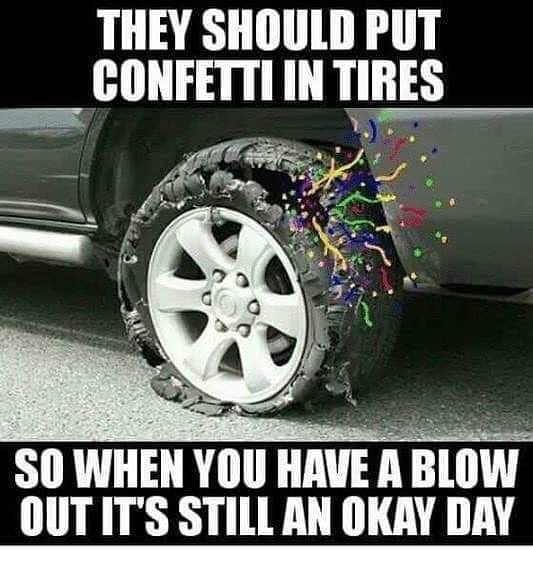 Just be sure you don’t leave out any steps.
Just be sure you don’t leave out any steps.
It’s beneficial practice changing a tire in your garage or driveway to ensure you’re ready to handle this situation if it ever happens to you.
Knowing how to fix a flat tire is great, but regular tire maintenance is even more important. In addition to reviewing this guide regularly, remember to do the following:
Keep your tires properly inflated
Rotate your tires according to the manufacturer’s guidelines
Monitor for tread wear
All of these precautions will extend the life of your tires and reduce the likelihood of a flat. While there’s no way to prevent flat tires completely, proper care can improve performance and ensure your tires last as long as possible.
There’s never a good time for a flat. That’s why Bridgestone DriveGuard tires are masterfully engineered to keep you moving for up to 50 miles at speeds up to 50 MPH without disruption.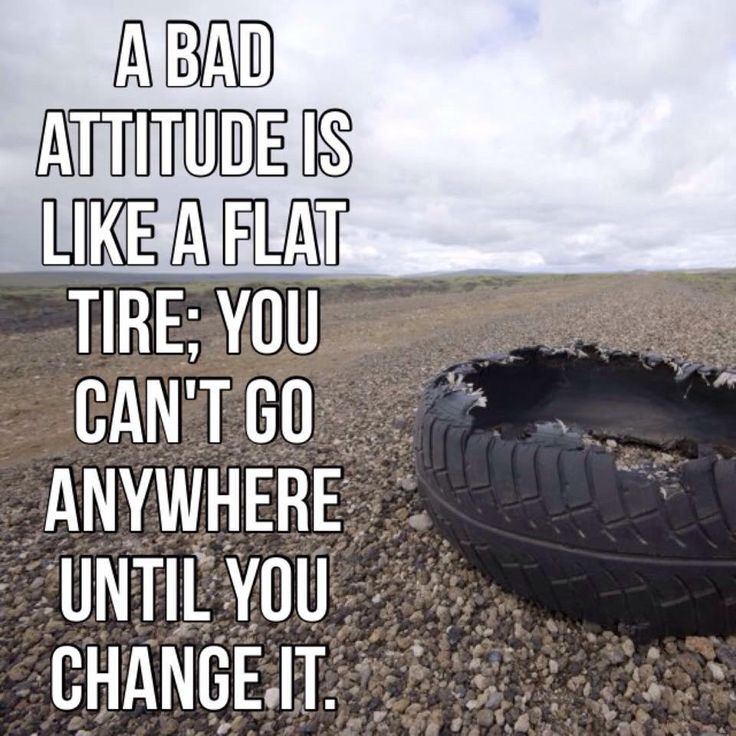
There’s never a good time for a flat. That’s why Bridgestone DriveGuard tires are masterfully engineered to keep you moving for up to 50 miles at speeds up to 50 MPH without disruption.
See Details Find Your Fit
90,000 here are you yourself (and you can’t) - the magazine for the wheel ofLADA
UAZ
KIA
Hyundai
Renault
Toyota
Volkswagen
Skoda
Nissan
BM -Benz
Mitsubishi
Mazda
Ford
All brands
Most often, we ourselves are to blame for the fact that tires become unusable. But this can be avoided.
Related materials
You have never seen such tires: even the police were surprised
In the process of using a tire, a variety of damages can occur, most of which are the fault of the driver.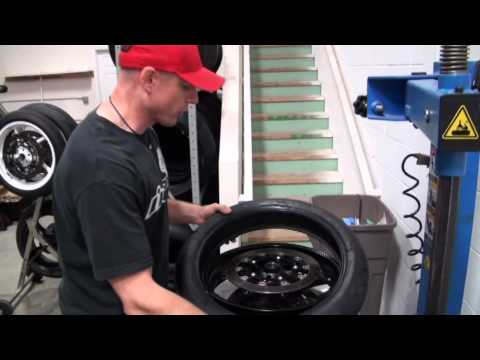 As a result, rubber is wasted, and since the law prohibits the use of different tire models on the same axle, you have to spend money on replacing the second tire.
As a result, rubber is wasted, and since the law prohibits the use of different tire models on the same axle, you have to spend money on replacing the second tire.
The most common damage is puncture . This is the most harmless type of damage, but only if you notice it in time and repair it right away. It is absolutely impossible to drive on a flat tire, even a couple of meters! The damage caused by running on a flat tire or with low pressure is catastrophic. This causes the sidewalls to deform more than they should, which causes the tire to overheat, delaminate, and the carcass becomes unusable due to broken cords. As a result, the tire will have to be thrown away. In addition, the edge of the rim can also be damaged. nine0003
Punctures are of two types: with and without cord damage. To determine this, it is necessary to remove what pierced it. If the edges of the puncture tightly converge, then the cord is not damaged and it will be possible to repair the tire without removing it from the disk.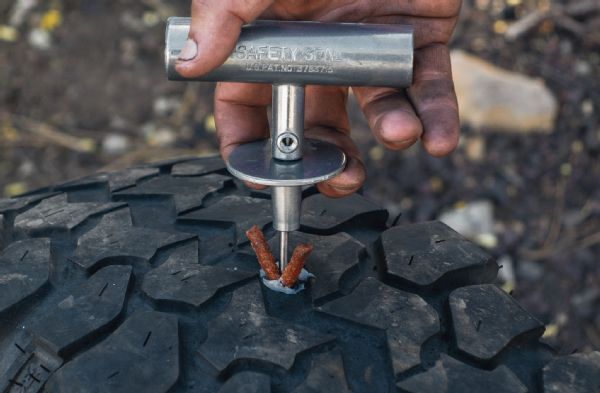 Otherwise, if the edges do not converge, you will have to disassemble the wheel and make repairs with strengthening the frame from the inside. Alternatively, in the field and in the absence of a spare wheel, such a puncture can be repaired without removing the tire from the rim, after which you can carefully drive to a tire fitting or garage and make a full repair. nine0003
Otherwise, if the edges do not converge, you will have to disassemble the wheel and make repairs with strengthening the frame from the inside. Alternatively, in the field and in the absence of a spare wheel, such a puncture can be repaired without removing the tire from the rim, after which you can carefully drive to a tire fitting or garage and make a full repair. nine0003
Related materials
Is it possible to pump up a wheel without a compressor - the experiment "Behind the wheel"
When repairing, the puncture site should be cleaned and marked. Further, it all depends on what kind of repair kit you have - as a rule, instructions are attached to them. There are sealants that are poured into the tire through the nipple, after which the wheel turns with the puncture down and the substance seals the hole. Repair using a tourniquet or insert is somewhat more complicated, but also more durable: the edges of the hole are polished with a special tool, after which the tourniquet treated with a special compound must be inserted into the tire through a puncture with a special awl, pulled out (not completely) out and cut flush with the surface. nine0003
nine0003
In case of damage to the cord due to a puncture, the tire must be removed from the rim in order to install a reinforced patch with an additional cord on its inner surface. One of the sides of such patches has an adhesive layer that promotes cold vulcanization. After such a repair, wheel balancing will be required. To seal punctures from the inside, patches in the form of a mushroom are also used, with a leg that goes into the puncture. Such patches are also covered with a special adhesive for cold vulcanization. nine0003
Cuts or holes , unlike punctures, are not repairable, as they violate the integrity of the frame, which can no longer be strengthened. In addition, breakdowns are always sudden and occur on the go: the tire abruptly loses pressure and before the car comes to a complete stop it has time to make several revolutions “on the rims”, which breaks the cord and destroys the layers. It is not recommended to use such a weakened tire, even if it was possible to repair and strengthen the place of the rupture or cut, in the future.
Related materials
8 tire storage rules - do you follow them all?
Incorrect storage of tires can cause cracks . The danger of such damage is that moisture enters the cord through cracks, which renders the frame unusable. In addition, air can escape through cracks. Unfortunately, cracks are not repairable, and tires with them will not last long: sooner or later they will deform, become covered with swellings due to rusted and torn cord or because of driving with pressure below the recommended one. nine0003
Blisters or bulges can appear on a tire for a variety of reasons - it always happens due to a broken cord or delamination in the carcass. In the first case, an obstacle was hit and the impact broke the cord or the cord was cut through with a sharp object. In the second case, there is no damage on or near the hernia, which means that it appeared either due to a factory defect, or due to frequent driving with pressure below the recommended one. The danger of hernias is that they can explode at any moment and provoke a skid, which will lead to an accident. If there is nothing to replace a tire with a hernia, then it is better to rearrange it to the rear axle and drive very carefully. Like cracks, a hernia cannot be repaired. Sometimes small blisters resulting from impacts or cuts are reinforced with reinforced patches, but there is no guarantee that the tire will not explode. Therefore, tires with hernias are recommended to be replaced immediately. nine0003
The danger of hernias is that they can explode at any moment and provoke a skid, which will lead to an accident. If there is nothing to replace a tire with a hernia, then it is better to rearrange it to the rear axle and drive very carefully. Like cracks, a hernia cannot be repaired. Sometimes small blisters resulting from impacts or cuts are reinforced with reinforced patches, but there is no guarantee that the tire will not explode. Therefore, tires with hernias are recommended to be replaced immediately. nine0003
Related materials
Tire blackening - 6 ways to polish. Inexpensive!
Tire sidewalls can be damaged by rubbing against curbs or the asphalt edge when pulling over. If you are prone to such a driving style, then it is recommended to inspect the inner and outer sidewalls from time to time and, if abrasion is found, swap the wheels in order to prevent the cord from being exposed - the rubber thickness on the sidewalls is small (1. 5–3 mm), and it can be rubbed to the frame very quickly. nine0003
5–3 mm), and it can be rubbed to the frame very quickly. nine0003
Often the cause of tire damage can be poor-quality tire fitting , during which the bead ring was damaged. In this case, the tire loses its geometry and “sits” crookedly on the disk - it writes out “eights” during rotation, and lateral vibration appears during the ride. It is impossible to repair such a tire - you need to replace it with a serviceable one as soon as possible before it damages the suspension: rods, hubs and bearings.
You can find out whether you are using tires correctly and what invisible damage they have received by the characteristic wear of the tread, the varieties of which are collected in the table for convenience:
Double side shoulder wear
Driving with lower than recommended tire pressure.
Inflate the tires to the pressure recommended by the automaker (a plate with recommendations is attached in the driver's door opening) and find the cause of the fall: puncture, cracks, hernia, nipple, rust on the disc rim in the place where the tire fits, etc.
Center wear
Tire pressure too high.
Reduce the pressure to the recommended (indicated on the tablet in the driver's doorway)
In the form of rings and furrows
can be found on trailers or rear wheels of pickups and vans due to vibrations and vibrations and vibrations due to vibrations and vibrations bouncing at high speeds.
Changing wheels on a loaded axle to equalize wear, driving with a heavier load. nine0003
Chipped wear with cuts
Frequent wheel spin on rocky surfaces.
Move the wheels to a non-driving axle, use the gas pedal more carefully when starting to move.
Photo: Petr Urbanek / Unsplash
Our new video
Serial crossover from the USSR (not Niva!) - "Behind the wheel" test
How Haval Jolion is assembled in Russia: a report from the factory
American Niva test (+ video)
Liked the note ? Subscribe and you will always be in the know!
Driving in Zen
News smi2.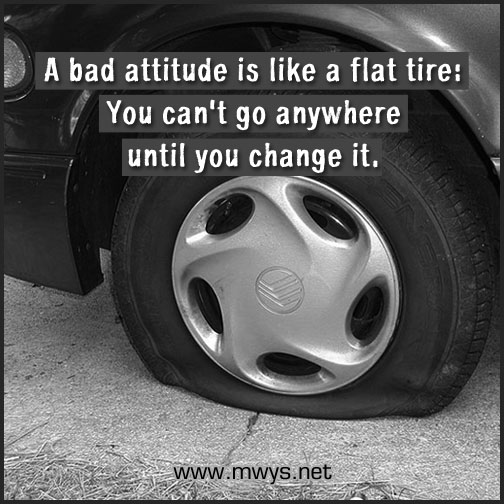 ru
ru
"Night frost is not a disaster." When to change tires
It has become colder in the Moscow region and the first frosts are expected. On the night of October 7, the temperature will drop to minus 3 degrees Celsius. The Traffic Management Center (TSODD) warned of traffic jams and an increase in the number of accidents, and motorists began to think about changing summer tires to winter ones.
Experts recommend going to a tire shop when the first night frosts come, and the average daily temperature during the week is 5-7 degrees Celsius, that is, the actual air temperature is in the range from 0 to 10 degrees. However, the weather in the capital region during the off-season is unstable and after a sharp cold snap, warming may occur. And at temperatures above the recommended +7 degrees Celsius, soft winter tires begin to wear out quickly, their rolling resistance increases and braking properties deteriorate. nine0003
nine0003
“I wouldn't advise panicking about changing tires,” says racing driver and instructor Mikhail Gorbachev. - There is no catastrophe in the fact that frosts were announced at night. As practice shows, in Moscow and the Moscow region it is reasonable to change tires somewhere in the first days of November.
Those who have decided to postpone their tire fitting trip for at least a month should remember a few rules.
According to Gorbachev, many drivers take frost warnings seriously and think that only all the streets are already covered with ice. However, this is not the case: ice forms early in the morning or late in the evening, and primarily on bridges - even if there was no precipitation. In potentially dangerous places, it is important to slow down and increase the distance to the vehicle in front. nine0003
“In cold weather, I check road grip as follows: after making sure that there are no cars behind me, I press the brake pedal at low speed and monitor the reaction of the car.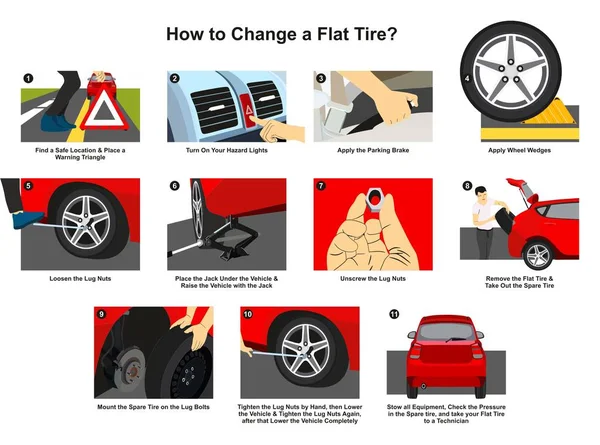 If he pecked with his nose, it means that the grip is good, if this does not happen, then the road is slippery and you need to drive more slowly, ”says Gorbachev.
If he pecked with his nose, it means that the grip is good, if this does not happen, then the road is slippery and you need to drive more slowly, ”says Gorbachev.
If the frosts intensified and snow fell, the tires still need to be changed: modern summer tires at low temperatures lose much grip. Moreover, all-wheel drive and the presence of electronic safety devices will not correct the situation - they work effectively only when there is a confident grip. nine0003
Experts do not recommend universal all-weather tires designed for a milder climate for Russian conditions. “We should not forget that the weather conditions in Russia do not correspond to European ones, for which all-season tires are suitable - first of all, this concerns sharp seasonal temperature changes. Therefore, in our climate, all-season tires do not provide maximum safety both in winter and in summer. Sometimes a few meters separate us from an accident or an emergency, so even a difference of 2-3 meters can be decisive,” Andrey Grishchenko, head of the marketing department at Bridgestone CIS LLC, is convinced. nine0003
nine0003
Winter tires for Russian conditions have a special marking: a snowflake inside a mountain peak with three peaks, or a letter combination: "M + S", "M & S" or "M S".
During storage, winter tires can be affected by temperature changes, direct sunlight, dampness or, conversely, too dry air. It is recommended to store them either in a stack, turning the other side every week, or assembled with disks vertically, inflated to normal pressure. nine0003
Before installation, it does not hurt to study their tread, increased wear on the inner or outer tracks, steps between the tracks indicate a violation of the installation angles or the amount of toe-in. Uneven tread wear can also indicate insufficient or excessive tire pressure. In order to make wear even, tires are advised to rearrange every 5-8 thousand kilometers.
The most common scheme, when the front tires are placed on the rear axle, and the rear - forward, with the left going to the right side and vice versa. However, this only works with tires that have a symmetrical and non-directional pattern, otherwise you will have to swap the left and right tires. If winter tires are stored on stamped steel rims, it is worth checking the condition of the rims: they can rust from salt and reagents and begin to let air through. nine0003
However, this only works with tires that have a symmetrical and non-directional pattern, otherwise you will have to swap the left and right tires. If winter tires are stored on stamped steel rims, it is worth checking the condition of the rims: they can rust from salt and reagents and begin to let air through. nine0003
According to Gorbachev, a winter tire must comply with the 4x4x4 rule: “This is not the wheel formula of a military SUV. This is, first of all, a reminder that the age of a winter tire should not exceed four years, because over time it becomes stiffer and performs worse on slippery surfaces. The second four means that the car must have four exactly the same tires with an identical pattern. And the third figure indicates that the tread depth of a winter tire should not be less than four millimeters. nine0003
If a set of winter tires does not meet any of these rules, it is better to buy a new one.
Usually studded tires are recommended for those who drive in the region, but for city trips, friction tires, popularly called "Velcro", are better suited. Non-studded tires are softer and less noisy. The Bridgestone expert does not recommend strongly accelerating on spikes, as they lose efficiency at speeds over 120 km / h.
Non-studded tires are softer and less noisy. The Bridgestone expert does not recommend strongly accelerating on spikes, as they lose efficiency at speeds over 120 km / h.
Tests by the Finnish company Test World have shown that studded tires perform better on ice, while non-studded tires perform better on wet pavement. On snow and dry pavement, there is not much difference between them. In addition, Test World tests have shown that it is not worth saving on a brand: products from well-known tire manufacturers show stable results on different types of surfaces: snow, ice and wet asphalt. Friction tires are also much quieter, softer and more comfortable. However, there are nuances here too. nine0003
“In severe frost, the density of ice becomes higher and it is quite difficult for a thorn to bite into the surface. In this case, the friction tire has the best grip, since its rubber compound is more elastic, and the tread pattern has more hook edges, which gives a tighter fit in the contact patch.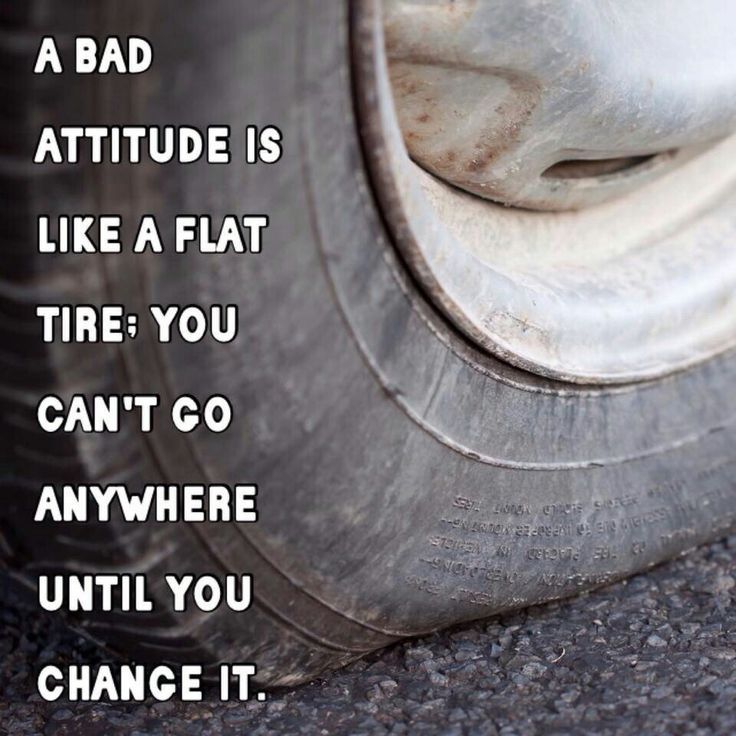 But on non-stony ice, the spike will accelerate and brake much better, ”says Georgy Bozhedomov, a representative of the Russian office of Pirelli.
But on non-stony ice, the spike will accelerate and brake much better, ”says Georgy Bozhedomov, a representative of the Russian office of Pirelli.
Usually winter tires are the same size as summer tires, as many people buy them for the same rims. Recall that the size information is printed on the sidewall of the tire. For example, 195/65 R16, where the first number is the tread width in millimeters, the second is the profile height to width ratio in percent, and the third is the rim diameter in inches.
It is important to observe these parameters when choosing a new rubber. At the same time, some experts recommend buying narrower tires for winter. “I would recommend using the narrowest winter tires recommended by the automaker. Moreover, with the highest possible profile - this will significantly improve the behavior of the car on a slippery and snowy road. That is, if you have 17-inch wheels for the summer, then it is better to buy 16-inch wheels for the winter, ”advises Gorbachev.